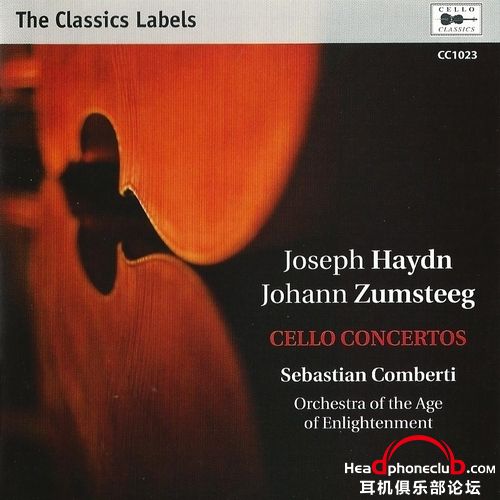|
|

楼主 |
发表于 2016-9-10 16:27:50
|
显示全部楼层
044
宗施得克 1首
宗施得克曾演奏过大提琴,作有10首大协。
宗施得克简介:
https://en.wikipedia.org/wiki/Johann_Rudolf_Zumsteeg
Johann Rudolf Zumsteeg was born in Stuttgart and spent his whole life there. Even geographically his work stands as a middle point between that of the Berlin school and Schubert. He attended the Carlsschule, the military academy founded by the notoriously dictatorial Duke Carl Eugen of Württemberg. The poet Friedrich Schiller knew Zumsteeg from the age of ten, and the two artists remained in close contact—a friendship sealed by the shared adversity of their miserable student years. Zumsteeg, a cellist by training (he wrote ten cello concertos), provided the first incidental music for Schiller’s Die Rauber in 1782; after this he gradually turned his attentions to song. He was music master at the Carlsschule between 1785 and 1794, although towards the end of this time he ascended to the post of Konzertmeister in charge of court music. As a result there was a great revival of Mozart’s operas in Stuttgart and Zumsteeg himself had moderate success as an opera-composer. Goethe met Zumsteeg once in Stuttgart, and Schiller persuaded the poet to mount a performance of one of Zumsteeg’s operas in Weimar for the benefit of the composer’s widow after her husband, still a young man, had died of a heart attack. A great deal of his music remains unprinted. Like Reichardt, Zumsteeg had a daughter, Emilie (1796–1857), who became a song-composer of note.
以上转自:
http://www.hyperion-records.co.uk/c.asp?c=C1228

|
|